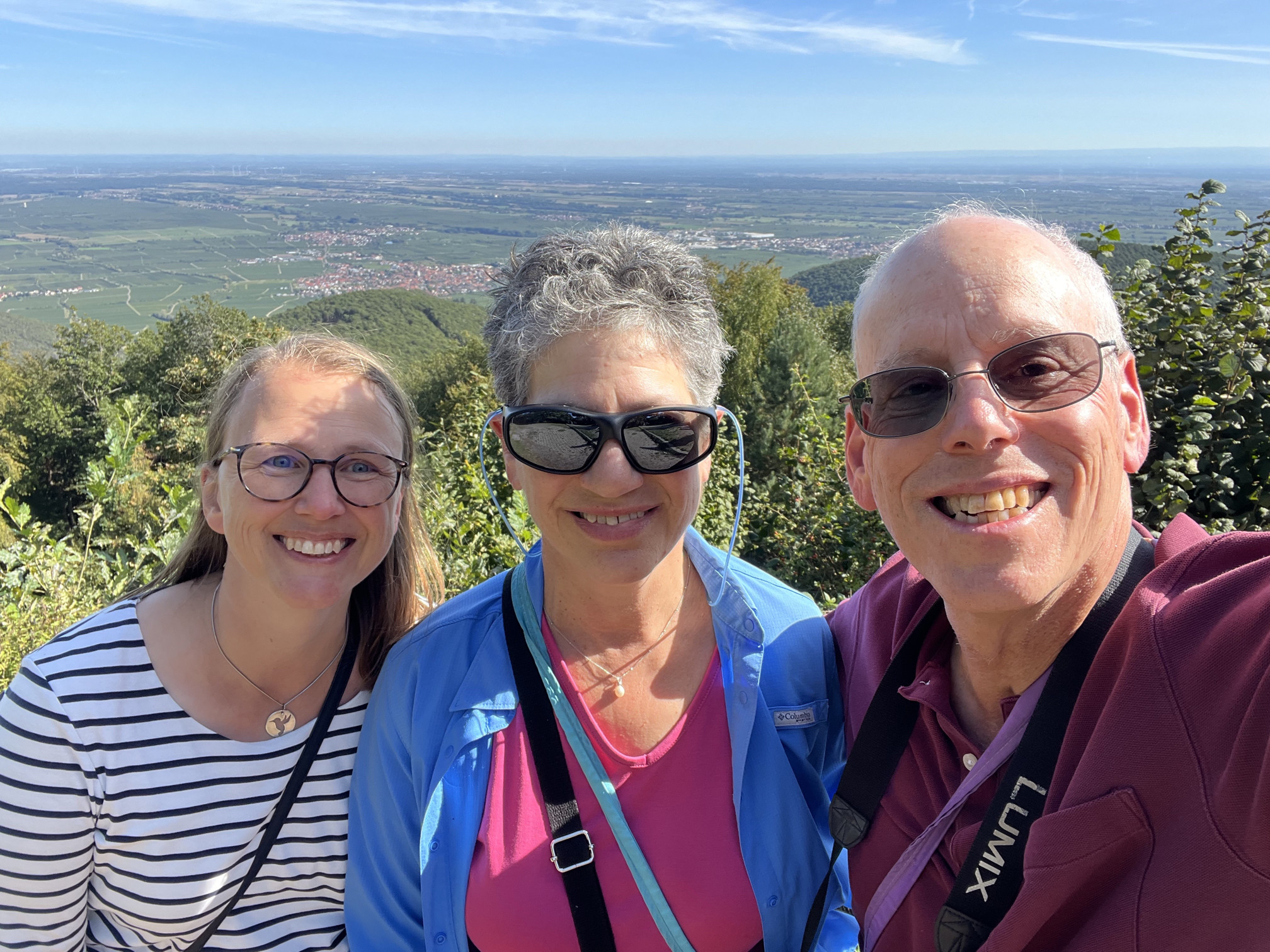Markus Lanz vom 1. November 2023: Jüdin kritisiert mangelnden Schutz in Deutschland. (YouTube, 30:46min)
Die gesamte Sendung kann man hier anschauen: Nahost-Debatte bei “Lanz” : Habeck warnt vor “Weltbrand” und “Armageddon” (75min)
“Die in Berlin lebende jüdische Schriftstellerin Deborah Feldman entgegnete mit Blick auf die Angriffe vom 7. Oktober: “Es wurde immer wieder wiederholt: ‘Es gibt keinen Kontext, keine Rechtfertigung, keine Erklärung für diese Gewalt.’ Im selben Atemzug sagen wir: ‘Es gibt einen Kontext für die Gewalt gegen Palästinenser.'”
Wir können nicht auf beiden Hochzeiten tanzen.
Die aus ihrer Sicht “einzige legitime Lehre des Holocausts” sei “die absolute, bedingungslose Verteidigung der Menschenrechte für alle”. Das gelte aber im Moment nicht in gleichem Maße für Palästinenser im Gazastreifen.
Feldman kritisierte darüber hinaus die Debatte in Deutschland, bei der Jüdinnen wie sie nicht gehört würden, die sich für ein Ende der Gewalt einsetzten. “Ich bin entsetzt darüber, wie Juden im Prinzip hier nur als Juden gelten können, wenn sie das rechtskonservative Vorhaben der israelischen Regierung darstellen. Ich bin entsetzt, wie wir behandelt werden dürfen”, sagte sie und fügte an die Adresse von Habeck und der Bundesregierung an:
Sie schützen Juden in diesem Land selektiv.”
Zu dem Thema hat der Vizekanzler ein Statement abgegeben: Robert Habeck zu Israel und Antisemitismus. Vice chancellor Habeck’s speech is also available with English, Hebrew and Arabic subtitles. (YouTube, 9:40min)
Video and text in these four languages are also available here.

